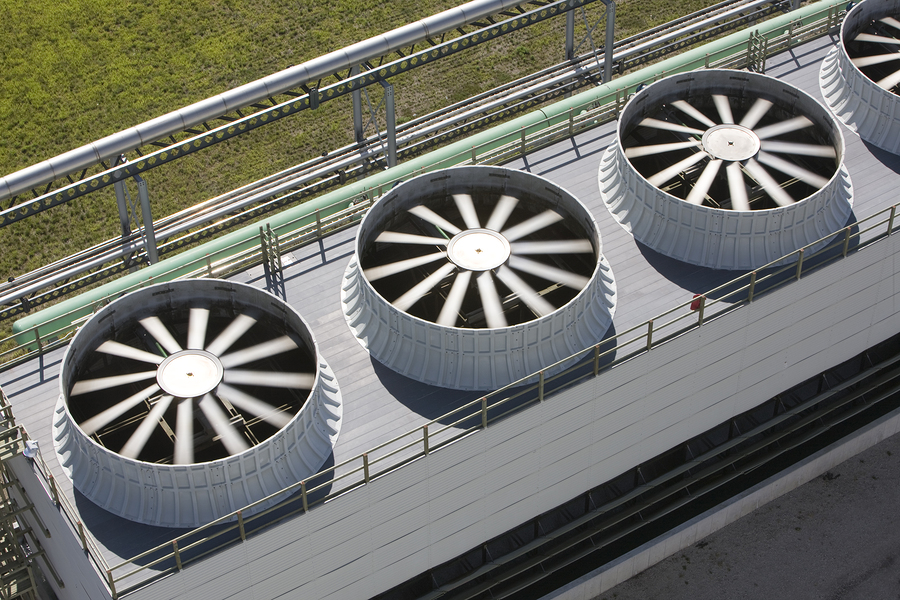
Preparing for Cooling Tower Shutdown
Water treatment is one of the many industries that reflect the cycle of the seasons. Like farming, baseball and pumpkin spice lattes, your activities are dictated by the annual progression from spring to summer to autumn to winter. Now that autumn is here, operators should be making their plans for cooling tower shutdown and for bringing their heating apparatus back online.
It’s no secret that weather is increasingly extreme and unpredictable, so now more than ever, the shoulder seasons of fall and spring can yo-yo back and forth between hot and cold. It’s not uncommon to go from glorious 85-degree days to highs in the 60s, and then back. This demands great diligence by operators as they adjust their water treatment programs. Both cooling and heating equipment benefits from consistent operation, and when temperature swings start shifting between extremes of hot and cold, there is intermittent operation and shutdown. These on-off cycles make it balance the chemicals in the equipment.
Here’s some info on preparing for shutdown as the winter approaches, from the team at Chemtex. If you have any questions about keeping HVAC systems in balance during the ramp down to fall, please reach out to us.
Steps to Take When Approaching Seasonal Shutdown of Cooling Tower
As seasonal shutdown looms on the horizon, you can take steps to prepare for the event. First, clean all debris out of the tower. Recognize that you are heading into a season during which tower operation is often intermittent, which means that flow and control can be intermittent. Keeping basins clean will minimize dead spots and the potential for corrosion and bacteria hideout.

Prior to shutdown plan to reduce conductivity, minimizing the potential for sludge to settle on the bottom of the tubes. During periods when the system doesn’t run, suspended solids will accumulate. Perform regular inspections, it will pay off in a cleaner system that demands less maintenance over time.
It’s critical to maintain biocide feed. In the heat of the summer, biocide feeds are often at night, when there is less load. In the fall, the towers are off at night. During this intermittent tower operation, normal biocide feed is sometimes accidentally overlooked by some controller programs. Remedy this by making sure that tower run-time corresponds with biocide feed schedule. Otherwise, the bacteria that has been kept in check take establish a hold which can cause damage to the system metallurgy.
Preparing for Layup
It’s a good time to take inventory and be certain that lay-up chemicals are on site and ready for use when you shut down. And, there should be a plan in place for applying them. Chemicals and proper applications are a key factor in preventing off-line corrosion and minimize spring iron throw.
Iron throw can be a result of corrosion that takes place during the out-of-service period where piping has water left in it; the stagnant water causes corrosion. Left unchecked, when you start up in the spring, these corrosion byproducts break loose and they can clog distribution nozzles, pump strainers, and blind condenser tubes. In other words, applying proper chemicals and following proper shutdown recommendations translates to less maintenance and fewer demands and less corrosion.
Chemtex is your partner in keeping your HVAC systems running as cleanly and efficiently as possible. Please get in touch if you have any questions or need any consultations on performing your annual autumn cooling tower shutdown. As always, it pays off to prepare in advance and do all steps thoroughly and conscientiously.



/NQA-ISO-9001-Logo-ANAB.jpg)